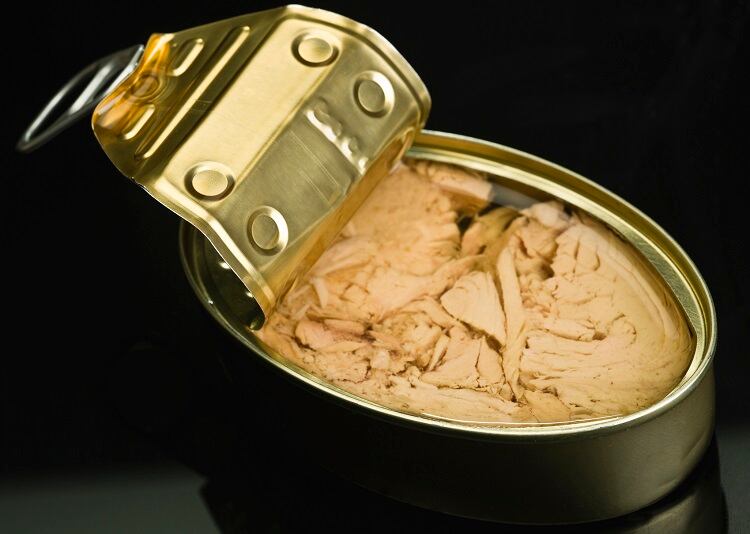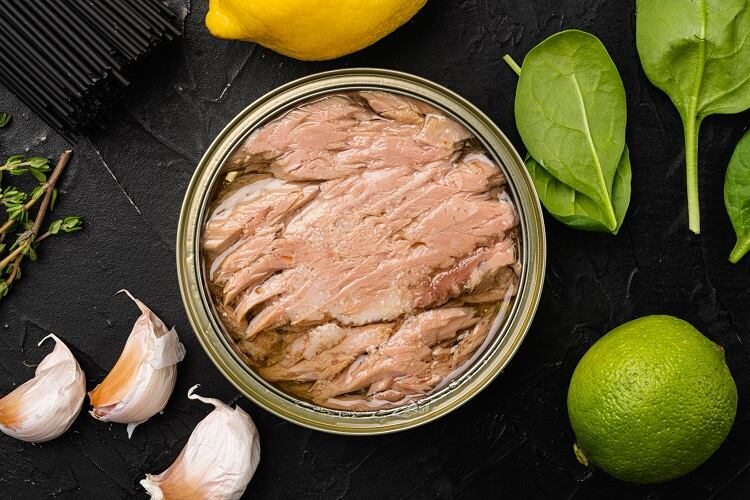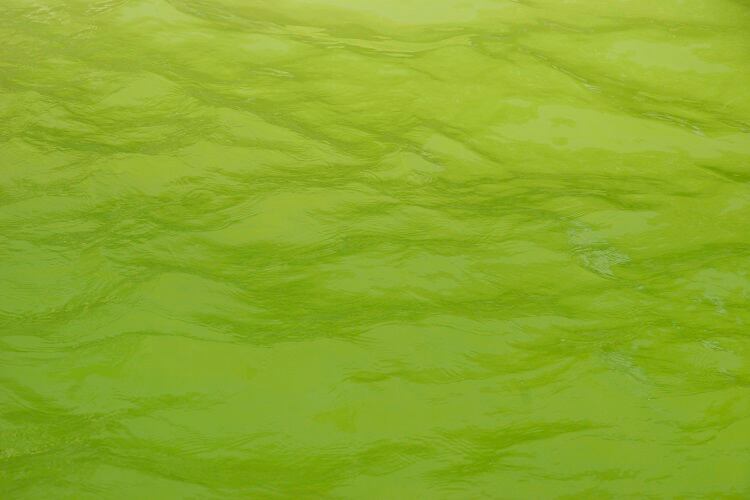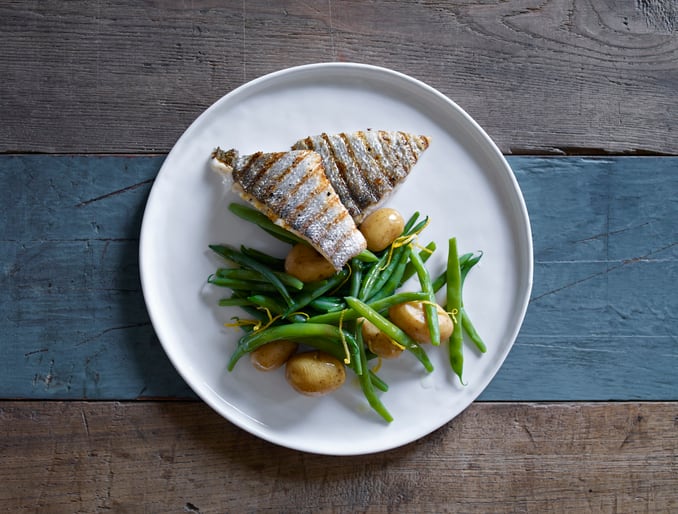Overfishing is a global concern. It is estimated that more than a third of the world’s fisheries are overfished, and more than half are fished to their maximum capacity.
In the EU, nearly half of marine habitats have been assessed as either endangered or near threatened, predominantly due to pollution, fishing and aquaculture.
At the same time, researchers expect demand for seafood to double by 2050.
“It is more than evident, that something has to change,” according to Nixe Zimmer, who together with brother Arvid Seeberg-Elverfeldt, is working to ease the pressure on fish stocks with a vegan alternative to tuna.
Canned no-fish tuna
The Berlin-based start-up, EatMyPlants, is combining microalgae with fermentation technology to develop a range of fish-free seafood products, starting with an alt canned tuna product.
The duo was hesitant to reveal too much about its product formulation, but stressed that microalgae is its ‘most important’ and ‘main’ ingredient, which it combined with plant proteins and other ‘natural’ ingredients.
“Our first product is a delicious canned tuna,” said Zimmer at ProVeg Incubator’s Startup Demo Day last week, describing the product as ‘authentic’.
Co-founder Seeberg-Elverfeldt, too, suggested the product’s likeness to conventional tuna is what will help EatMyPlants stand out from the crowd.
A ‘number’ of tuna substitutes can already be found on supermarket shelves and online, we were told. “But if you look at their degree of resemblance, meaning how closely these products imitate real tuna, you will see there is still a lot of room for improvement in terms of taste, smell, colour, mouthfeel and texture.”
EatMyPlants plans to first enter the market with a tuna alternative in its ‘pure form’, before moving into ready-to-eat and convenience markets with tuna-based products. Other SKUs, such as tuna spreads, could also be an attractive option, Seeberg-Elverfeldt suggested.
Why microalgae?
EatMyPlants’ decision to work with microalgae was informed by three key factors: nutrition, sustainability, and R&D potential.

Concerning microalgae’s health and nutrition credentials, the ingredient is a ‘superior’ source of protein – depending on the species, protein content can range from 20-70% - as well as being high in fibre, minerals, vitamins, and polyunsaturated fatty acids.
“At the same time, they are low in sodium and free from allergens and pollutants,” Zimmer told delegates.
From a sustainability standpoint, microalgae productivity is not only ‘highly efficient’, but cultivation requires very little freshwater. “In fact, they can be cultivated anywhere,” added Zimmer.
“The most exciting factor for us, however, is the R&D potential. We are already using a microalgae strain that’s well suited to food applications. But it can still be improved in terms of nutritional profile – such as the protein content – as well as sensory characteristics such as taste, smell and colour.”
Research and development cycles can also be shortened thanks to the organism’s growth rate. According to Zimmer, microalgae have an ‘enormous’ advantage over other crops with longer harvest cycles. Microalgae, she told us, can be harvested ‘at least 50 times’ per year. “And short harvest cycles also mean short R&D cycles.”
Soft launch on the horizon
EatMyPlants sees potential for alt seafood products to take a market share of the conventional seafood market – which globally, is worth around €200bn.
“It should be our ambition to substitute as much of this as possible,” stressed Seeberg-Elverfeldt. “Yet today, we are standing at only 1% substitution. Consequently, growth rates for the coming years are very high and the market is expected to reach around €30bn by 2035, and keep growing from there.”

EatMyPlants plans to first enter the market through a soft launch into local restaurants and via rapid delivery operators. A hard launch is planned for 2023 ‘at the latest’, which is also went it hopes to start extending its product range.
In the medium-term, the start-up wants to enter retail, which it expects will be its primary sales channel moving forward.
Concerning pricing, the company wants to align with other tuna alternative products.
EatMyPlants also wants to ‘drill down’ on the biotech side of the business, meaning it hopes to further optimise the microalgae strain in use in terms of nutritional and sensory profiles.




